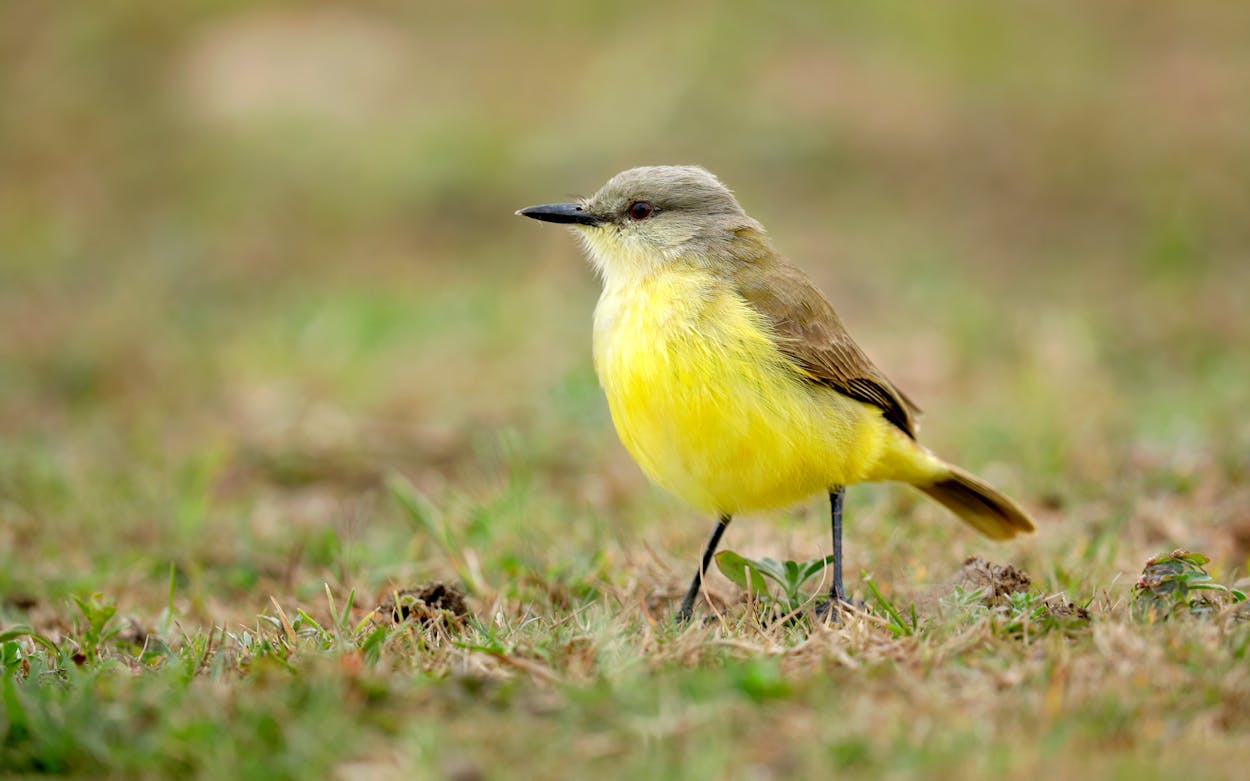Corpus Christi is home to more than two hundred species of birds: endemic and exotic, migratory and mainland, gigantic as a whooping crane and tiny as a ruby-throated hummingbird. This stunning variety of avian life at the elbow of the Texas Gulf Coast has repeatedly earned the city the title of “Birdiest City in America,” awarded by the Audubon Society. For decades the region’s bounty has drawn considerable interest from birders and anyone else who deals in binoculars and birdseed. But times change. Things are different now. There’s a new player on the scene—and he is sensational. So sensational that, until further notice, all other feathered denizens of the greater Corpus Christi area have been demoted to the role of background dancers supporting their new leading man. This new ruler of the Corpus roost is a tyrant in every meaning of the word. As such, he demands fealty from his two-legged flock, who are presently converging on the seaside town.
The tide began to turn, so to speak, when a yellow-bellied, palm-sized bird took up residence in downtown Corpus Christi last week. The bird, called the cattle tyrant for its propensity to pick off the flies that trail cattle herds, was a long way from its hunting grounds of Brazil, Venezuela, and Colombia. Before now, a cattle tyrant had never before been seen north of Panama, about 2,600 miles south of Corpus Christi. The tyrant was flitting about town (with a bad ’tude) when it was first spotted by an eagle-eyed birder, who then posted the sighting to eBird, a crowdsourced database of bird sightings worldwide. The discovery hit Texas birders like a forty-pound bag of sunflower seed. Hardcore twitchers dropped whatever they were doing and made a beeline to the location.
True to its name, the tyrant has made birders work every step of the way, taking its subjects on a tour of the city. They watched it expand its domain to La Retama Park and along Chaparral Street, where the bird chilled momentarily on an apartment patio. Then the tyrant annexed an alley off Schatzel Street, taking a dumpster for a throne and showing no mercy as he intercepted flies from the air with his needlelike beak. It’ll be off someplace else by now; hopefully it sticks around, as thousands more birders could descend on the city for the once-in-a-lifetime sighting. They seek only the tyrant—the other birds can wait.
Consider the fervor of the man who drove all the way from Alpine, seven hours away, when he heard of the bird’s coastal cameo. (He was in West Texas to propose to his girlfriend, and turned the car around shortly after she said yes.) That sense of commitment is common with serious birders, says Michael Womack, executive director of the South Texas Botanical Gardens & Nature Center, located near Oso Bay in Corpus Christi. Five years ago, a northern jacana made a rare appearance at the gardens and drew a crowd. Fans came from all over to see the bird, which was spotted foraging in the marshland. “I actually had someone who was flying back to Canada from the East Coast,” Womack says. “They stopped in Dallas, rented a car, and drove to Corpus Christi to see this bird. Then they flew back to Canada.”
This scenario—a foreign bird arriving in Texas, and the birding public awestruck—has played out a handful of times this year. Two flamingos were spotted last month in nearby Port Aransas: possible survivors of Hurricane Idalia, which blew through two months prior. In May, a birder in Galveston saw a mangrove cuckoo, a swamp-dwelling critter that hadn’t been documented in Texas since 1982. So how did the tyrant get here? It could have just decided to make the trip. The purple martin, an insectivore roughly the size of the tyrant, can make the intercontinental journey on an annual basis. But this species has never been known to do that. Most of the time, it doesn’t even use its wings to pick up dinner: Tyrants like to feed by hitching a ride atop the heads of capybara, picking off the insects that scatter in their wake. While that may be a good supper strategy, riding atop a capybara’s head won’t get you into Texas.
Womack suggested that the tyrant could have been blown in by a storm in the Pacific—there have been documented cases of birds stowing away in the eye of a hurricane to reach new territory. That’s one way a bird can become a “vagrant,” the scientific term for a bird out of place, wrote Timothy H. Keitt, a professor of integrative biology at the University of Texas at Austin, in an email. He said birds’ movement can also be affected by severe magnetic disruptions, since they can navigate using the earth’s magnetic field. But the phenomenon of vagrancy is not yet well-understood by scientists, so it’s anyone’s guess how tyranny befell the city of Corpus Christi—or how long it’ll be until a new, even more sensational star lays claim to this stage by the sea.
- More About:
- Critters
- Birding
- Corpus Christi






